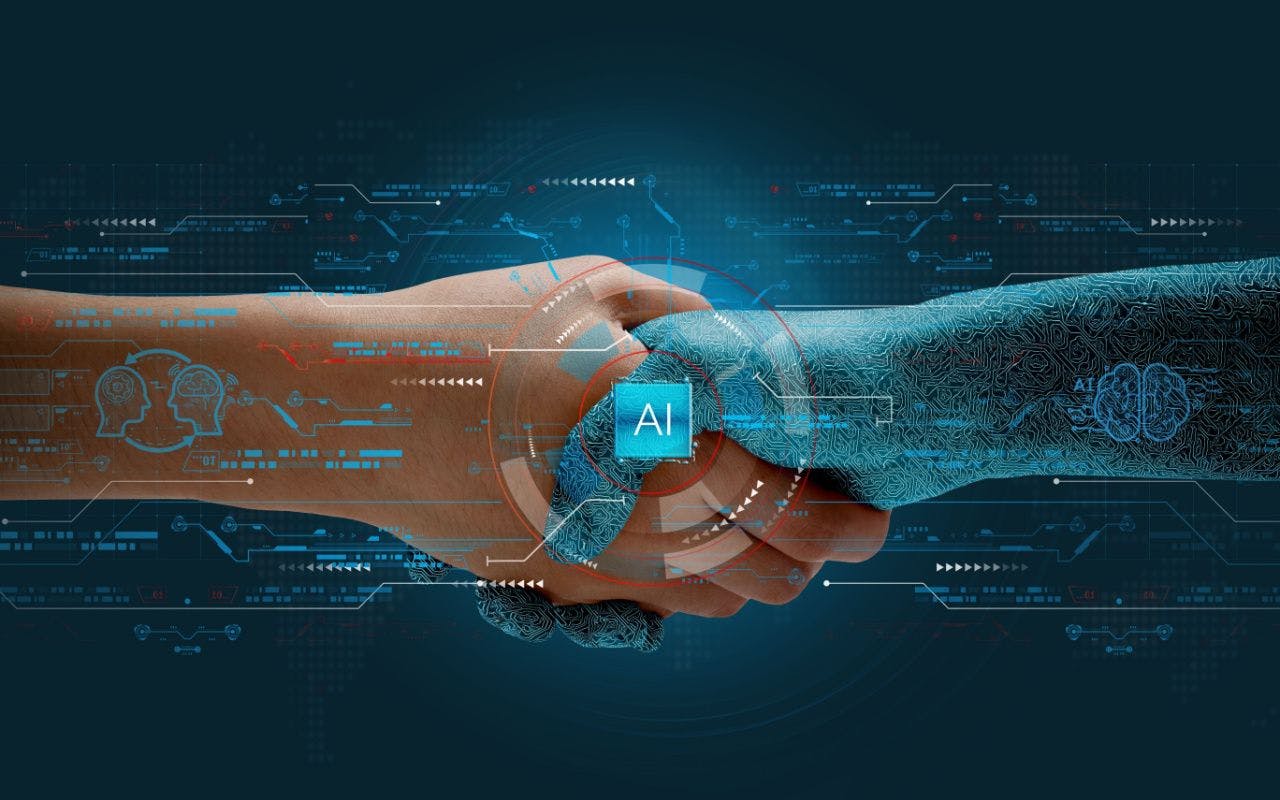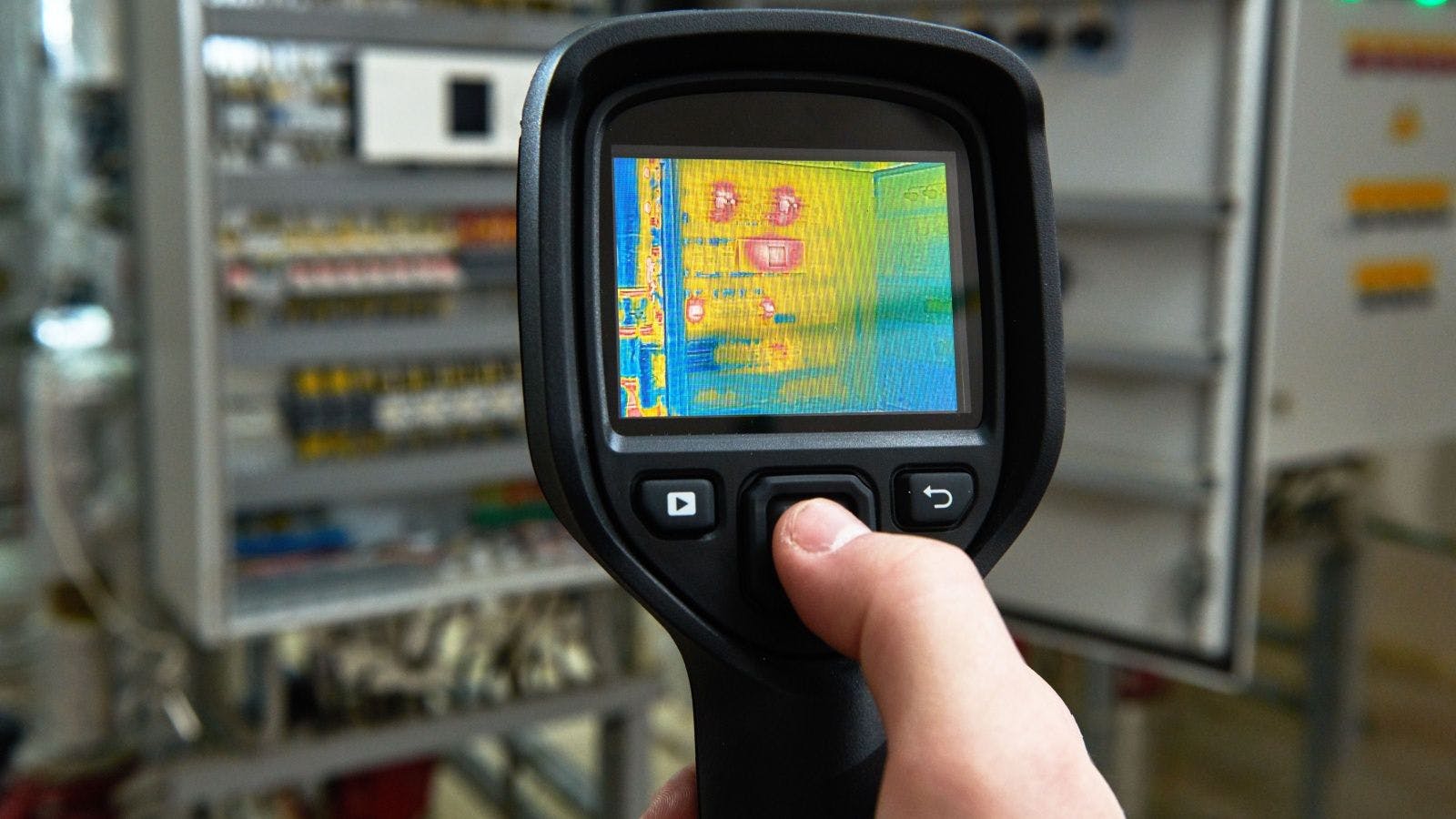
How to Effectively Harness AI Without Letting It Take Over
The manufacturing industry stands on the brink of a technological revolution, but achieving that revolution will require a full embrace of artificial intelligence. AI advancements offer unparalleled opportunities to tackle critical industry challenges, such as labor shortages and the need to upskill the workforce in construction manufacturing. With only 35% of construction materials manufacturers planning to utilize AI when upskilling their workforce, it is essential that organizations better understand how they can effectively harness AI's power.
AI-HUMAN PARTNERSHIPS: ATTRACTING AND UPSKILLING NEW TALENT
Beyond empowering existing employees, AI opens the door to attracting and upskilling new talent in the manufacturing and construction industries. As companies integrate AI technologies into their operations, they become magnets for tech-savvy individuals seeking dynamic, cutting-edge work environments. Plus, manufacturers can create a more appealing career path for young professionals by showcasing the potential for growth and development through personalized AI-powered tools.
Emphasizing the integration of AI as a supportive tool rather than a replacement for human labor helps dispel misconceptions about job displacement and combat the deepening knowledge gaps exacerbated by manufacturing’s aging workforce. It also highlights the endless possibilities of AI-enhanced collaboration, demonstrating that the industry is evolving and adapting, offering exciting prospects for career growth and advancement.
UNLEASHING HUMAN POTENTIAL: AUTOMATING TO ENHANCE PRODUCTIVITY
One of the most significant advantages of AI lies in its ability to automate mundane and repetitive tasks–its role as complement to the human workforce, not a replacement for it. For instance, streamlining administrative processes and duties frees up valuable time and resources that can be redirected towards more strategic and innovative roles.
Almost a third of construction materials manufacturers say that one of the biggest challenges they face is keeping workers engaged. AI can handle repetitive tasks with precision and efficiency, leaving the existing workforce to focus on higher-level problem-solving, creativity and decision-making tasks. This approach maximizes the utilization of human expertise, enhancing productivity and overall job satisfaction within the workforce.
AI EMPOWERMENT: UPSKILLING THE MANUFACTURING WORKFORCE
AI, particularly conversational and generative AI, could be a game-changer in the manufacturing sector. Having a tool at the disposal of construction workers or plant managers that can quickly answer complex engineering queries empowers junior manufacturing and construction engineers with a universe of existing knowledge. By leveraging AI as a learning tool, manufacturers can encourage continuous education and upskilling, enabling their workforce to stay updated with the latest advancements and innovations in the field.
Moreover, AI should not be perceived as a threat to job security. Instead, manufacturers should embrace it as a partner in their workforce development. By integrating AI as a knowledge-sharing tool, senior engineers can mentor and guide their less experienced colleagues more effectively. This collaboration fosters a culture of learning and growth within the organization, making employees more adept at handling intricate challenges and enhancing overall productivity.
EMBRACING THE FUTURE: FORGING AHEAD IN MANUFACTURING
As the manufacturing industry enters the era of the AI revolution, construction manufacturers have a unique opportunity to embrace technological advancements and bridge the skills gap. By harnessing the power of AI, companies can empower their existing employees with access to a wealth of knowledge, foster AI/human partnerships to attract and upskill new talent and automate repetitive tasks to unlock human potential.
The successful integration of AI into the construction workforce not only addresses the existing labor shortage but also paves the way for a future where humans and machines work together harmoniously, driving innovation and productivity to new heights. Embracing this AI revolution will undoubtedly lead to an exciting and prosperous future for the entire industry. Right now, just under a quarter of construction-materials manufacturers believe that AI will create new jobs in manufacturing.
Construction manufacturers must recognize that the true potential of AI lies in its ability to augment human capabilities, not replace them. As the AI revolution accelerates, it is crucial for manufacturers to approach these changes with an open mind and a proactive mindset. Embracing AI and integrating it into the fabric of their operations will not only address the immediate challenges of the workforce shortage but also position the industry for sustained growth and competitiveness in the future.
The convergence of AI and manufacturing presents an exciting opportunity for the industry to revolutionize its operations and overcome the hurdles posed by labor shortages. By empowering and upskilling existing employees, attracting new talent through AI-human partnerships and unlocking human potential by automating repetitive tasks, construction manufacturers can lead the charge in creating a prosperous and sustainable future. Embracing the AI revolution is not just a choice; it is imperative for the construction-manufacturing industry to thrive in the dynamic and technology-driven landscape of the 21st century.
Related stories








